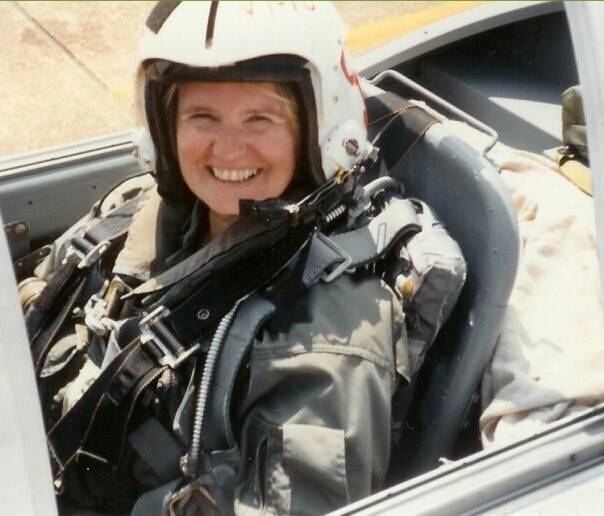By Judy Hale Young
We knew. My twin brother and I, even as children. We knew something about each other that the adults around us didn’t know.
Henry James’s novel, “What Maisie Knew,” tells the story of a little girl, Maisie, who is surrounded by oblivious, unreliable adults. Maisie knows far more than anyone suspects about her parents and their considerable flaws, their marriage, their second marriages, even about her governess, Mrs. Wix, and that knowledge ultimately shapes her decision of whom to choose as guardian.
I only take the risk of boring you with this reference to an obscure, late-19th-century novel to make a comparison to the case of me and my twin-brother-transitioning-to-my-twin-sister.
We knew.
Even as children, like Maisie, we knew this about each other: that we were not a boy like other boys and not a girl like other girls.
How did we know? I saw in him the resistance to and dislike of organized sports, a sensitivity that I didn’t see in other boys, even a sweetness sometimes. Don’t get me wrong — he could also be kind of a dolt. But even that seemed rooted in the tension of not being who he was expected to be. What did he see in me? Neither a boy nor a girl, as it turns out. In Jane’s own words, “As for your not being like other girls, I just didn’t think of you in those terms. There were other people, some were boys and some were girls. And there was you.” (I find this highly flattering!)
It wasn’t that I wanted to be a boy or that I thought, at that age, Jim wanted to be a girl. In our social milieu in the 1950s, you were who you looked like at birth. Certainly, there were boys who fell outside the cultural conception of the “real boy.” They were often called “sissies,” a name that boys used to taunt each other and question their masculinity. Similarly, but also differently, girls who didn’t fit the cultural norm were called “tomboys.” Notice how “sissy” is somehow more pejorative than “tomboy.” A tomboy was often seen as cute and even sometimes admired for her boldness. A sissy, on the other hand, was seen as weak and somehow wrong.
Though they certainly saw me as a tomboy, I don’t think anyone else among our family or friends saw Jim as a sissy (though our father was disappointed that he didn’t turn out to be a baseball star). I think that most people just saw him as a typical but somewhat inscrutable boy. And even I could only feel bad for him when he didn’t hit the expected targets for a boy.
I didn’t know any other way, then, to make sense of his experience from my perspective, but here’s what I did know: that it wasn’t just ineptitude, it wasn’t just rebellion. It was something about him that was fundamentally different. What was it? I couldn’t answer that question then, but now, I can.
Jim wasn’t a boy like other boys because he wasn’t, at heart, a boy. And it wasn’t just in the way that I was a girl unlike other girls. My own difference has never been a desire not to be a woman; I’ve simply wanted to be a woman on my own terms, not on the terms of cultural expectations. Jim, on the other hand, was more different than I was. And though it’s taken her many decades to realize it and own it and do it, I’m thrilled that now we all know: Jim is Jane, my darling twinner.
• Judy Hale Young, Jane’s twin sister, is an English professor and a retired Navy officer and skydiver.

